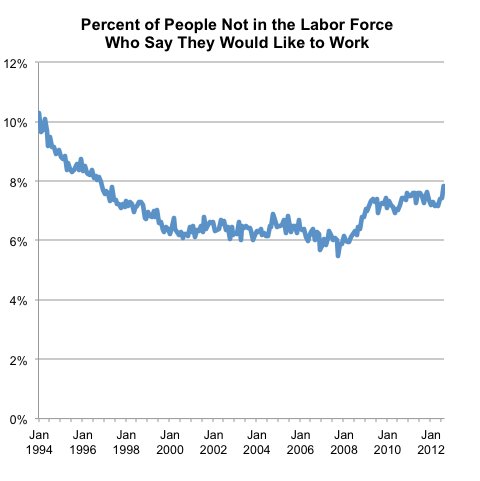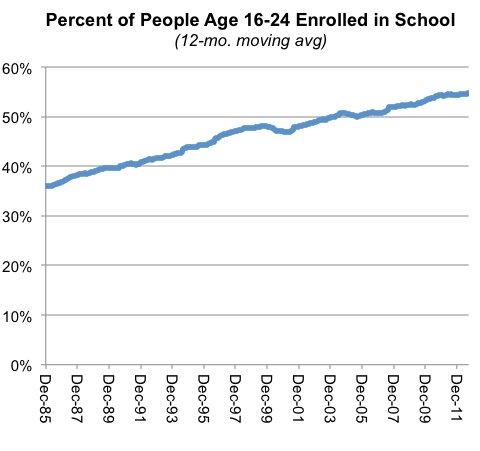She Owns It
Portraits of women entrepreneurs.
At the most recent meeting of the She Owns It business group, the owners gave updates on some longstanding issues, and raised a few new ones. Thinking Caps Tutoring, owned by Alexandra Mayzler, may be closing — and opening — a location. At the same time, Ms. Mayzler is moving ahead with the company’s new tagline and a Web site redesign. Beth Shaw, who owns YogaFit, also has plans to revamp her Web site. But they’ve recently been delayed.
Ms. Mayzler opened a Houston location in January. Now she is considering closing it because the branch has failed to pay for itself, let alone make a profit. She’s not sure why. Perhaps, she speculated, it’s because of personnel changes in that office or maybe it’s because Houston’s population is so spread out. “But those are just excuses,” she added. For now, she plans to see how things go through December and determine whether Thinking Caps should adjust its Houston prices.
Thinking Caps’ location in Austin, Tex., is doing fine, Ms. Mayzler said. New York, where the business started, remains its largest market. And despite the disappointing results in Houston, Ms. Mayzler is still interested in expanding. But this time, she plans to stay closer to home.
She has set her sights on central New Jersey, a location Thinking Caps can manage from New York with existing staff. Despite high demand for tutors in “the obvious places like Long Island, Westchester, and northern New Jersey,” Ms. Mayzler said it’s been hard to find tutors to service those areas. “No 20-year-olds live in Westchester,” she said. “So you wind up sending tutors out there, which is a logistical pain and very difficult and exhausting for the tutors.”
Central New Jersey appeals to her because it is close enough to keep an eye on from New York, yet far enough from the city to pull in different clients. And with Princeton and Rutgers in the area, there are plenty of graduate students to draw on as potential tutors. She said she has already interviewed a few promising prospects. Additionally, Thinking Caps is contacting schools and education professionals in the area. “We’re just feeling it out — we’re not going to do anything crazy,” she said. But if everything falls into place, she hopes to move forward.
In addition to making these decisions, Ms. Mayzler is overseeing the redesign of her Web site, which she said is proceeding on schedule. “I was thrilled to see all the comments Deirdre got,” she said, referring to reactions to my previous post in which the group member Deirdre Lord, who owns the Megawatt Hour, solicited feedback on her company’s site. Ms. Mayzler said many of the comments addressed issues that wouldn’t have crossed her mind.
“Did you ever pick a tagline?” asked Ms. Lord, following up on a discussion from previous posts.
Yes, she said. “We’re going with, ‘Where bright students become brilliant learners.’”
Ms. Lord said she loved it but didn’t recall hearing it among the options Ms. Mayzler mentioned during earlier meetings.
Actually, said Ms. Mayzler, it was one of her first ideas. When she came up with it, she ran it by two people. One liked it and the other said it was too long, so she scrapped it. But recently, she revisited all her old ideas. She realizes it’s long but, “I’m not coming up with the next, ‘Just do it,’” she said, referring to the Nike slogan. Thinking Caps’ logo will be redesigned to complement the longer tagline.
Further refining Thinking Caps’ tutor-training program, which Ms. Mayzler revamped last fall, is also on her 2012 to-do list. “By December 15, a lot of stuff needs to get finished at Thinking Caps,” she said.
The conversation turned to Ms. Lord, who said Green Capital Empire, which introduces investors and start-ups, just named her company one of the 50 most promising privately held green tech companies in New York. She said she is trying to figure out what, if anything, this will mean for the Megawatt Hour. At the very least, it puts the company on the radar screens of potential angel investors and V.C.’s, she said. “We’ll see about what it really turns into, but it’s better than not being on the list,” she added.
Ms. Shaw said she is back to “square one” with YogaFit’s Web site redesign plans. “I thought I had found a company to redo our Web site and they ended up bailing,” she said.
“Why?” Ms. Mayzler asked.
“They wanted us to switch to their back-end system to go forward and then said their quote was going to be higher than they anticipated, so I’m thinking they didn’t realize the scope of the work when they first looked at the project,” she said. YogaFit now uses Orderwave to manage its inventory, which includes apparel, books, DVDs and CDs. Ms. Shaw said that Orderwave, unlike the back-end system the Web design firm proposed, is compatible with QuickBooks, which her company uses. Additionally, she said YogaFit has invested at least $100,000 into the Orderwave system and has no plans to switch to another one.
In future posts, we will take a closer look at all of the companies’ Web sites. In the meantime, do you think Ms. Mayzler’s expansion plans make sense? If your business has expanded geographically, how did you decide on the right location?
You can follow Adriana Gardella on Twitter.
Article source: http://boss.blogs.nytimes.com/2012/11/01/wrestling-with-expansion-plans/?partner=rss&emc=rss



